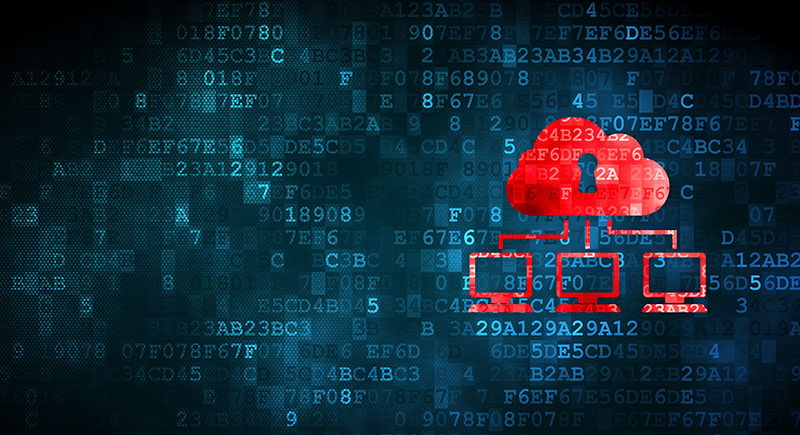Ask anyone about Cisco’s licensing process and you’ll probably hear that it’s complicated, tedious, time-consuming and often error prone.
On the surface, Smart Licensing is positioned as a simple, easy way to manage all Cisco software licenses via a cloud-based portal. But there’s a lot more going on behind the scenes, so IT leaders need to understand, examine and determine the impact to their business.
Cisco Smart Licensing debut quietly in 2014 on specialty or niche products but started gaining prominence as it became mandatory for routers. In August 2017, Cisco issued the edict that Smart Licensing was mandatory for the bulk of its products, most notably its campus switching line.
Cisco recently began a widespread rollout of Smart Licensing, declaring it mandatory for IOS XE version 16.9 and later for all Catalyst 3650, 3850 and 9000 series switches. What this means to customers is still somewhat, and purposefully, vague.
Most troubling about Smart Licensing is the “phone home” license entitlement system. Similar to Microsoft’s Windows Product Activation policy, this requires Cisco to gain direct access to all customers’ gear. While this should send up an immediate red flag, this practice is especially concerning to organizations operating highly secure networks, such as DoD, as well as those containing personal financial information and credit card records.
Smart Licensing could potentially compromise network security policies. As an alternative, Cisco has offered using “jump boxes” and instead of direct connections, would establish a system for calling into a customer’s network every 30 days. This option still should be a concern to any IT manager as several high-profile hacks have come via this method.
Security breaches aside, customers not in lockstep with Smart Licensing run the risk of Cisco sending auditors to check licensing compliance, threaten legal action or render gear inoperable. Reports have surfaced that Deloitte and KPMG already are investigating customers’ compliance.
As Cisco continues to turn up the heat, what can IT management do to protect the investment in their networks as well as reduce security risks? Start by having a frank conversation with all internal stakeholders. This is not the time to make any new purchases. Instead, take stock of where your various assets are in their IT lifecycles. Where it’s applicable, consider third-party maintenance (TPM) to tide you over while investigating options. Do your homework and don’t cave in to pressures or threats. If there ever was a time to consider other manufacturers, this is the time. Options such as HPE, Juniper, Arista and Extreme may look increasingly attractive weighed against the future constrains of Smart Licensing.
Smart Licensing, in plain speak, takes away your control of your network and determines the future frequency of all your upgrades. If in the end it’s determined that you’re all about the Catalyst 9000, then Smart Licensing is your future. Keep in mind, the grip will get tighter, upgrades more frequent and you better staff up to meet Smart Licensing policies. If you’re on the cusp of an upgrade, however, it’s wise to consider N-1 hardware, which could improve overall networking performance without blowing your budget.
In the end, Smart Licensing begs the question, “Who owns the customer?” In its early days, Cisco proudly hailed itself as a partner-powered organization. But clearly, times are changing. Partners should be concerned; relationships with their customers are changing—and most likely, not for the better.
There’s still much work to be done in researching how Smart Licensing will change the future of networking. Now is the time to read between the lines and contemplate alternatives to retain IT freedom and flexibility. You’ve got options and they may be much smarter than what Cisco has to offer.
Want to learn more? Listen to our in-depth webinar “Smart Licensing: What Is It and What Impact Does It Have on Your Business?”
Written by Chris Crotteau, Director of Strategic Products.



